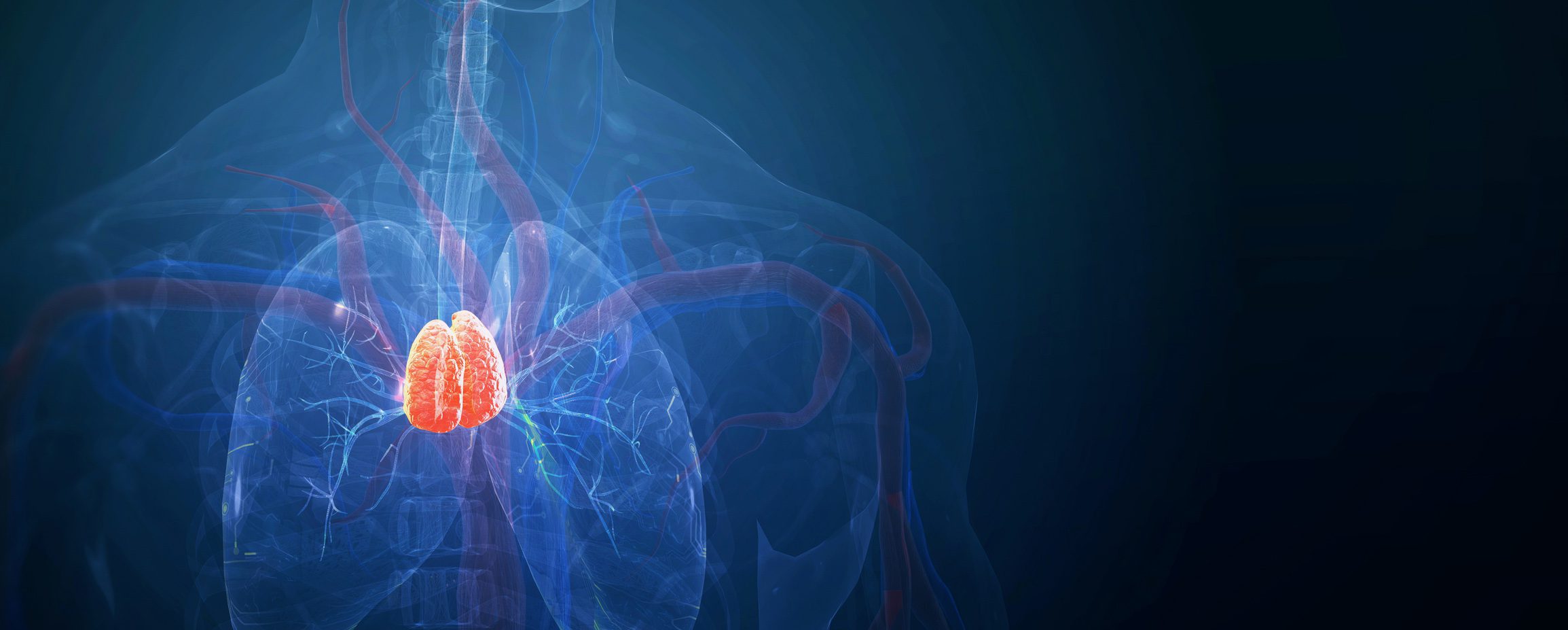Stool transplantation came into wider use in 2011, and has since been approved by U.S. health authorities for the treatment of Clostridium difficile infections. In such indications, it is the therapy of choice for antibiotic-resistant and recurrent infections.
Experiments with stool transplants as a cure are nothing new. As early as about 300 AD, fecal transplantation was mentioned as a remedy for food poisoning. Stool transplantation came to more widespread use since 2011, where it was approved by the U.S. Food and Drug Administration (FDA) for the treatment of Clostridium difficile infections. Clostridium difficile is responsible for 10-20% of antibiotic-associated diarrhea. The rate of infection more than doubled between 1996-2003 in the United States. Currently, approximately 400,000 cases per year are recorded, with mortality in the United States exceeding 20,000 per year. There was also an increase in this disease in Europe and Asia. The disease is often found after antibiotic use in elderly patients or in patients receiving immunosuppressive therapy. The treatment of choice is again antibiotic therapy: either metronidazole or vancomycin, with the latter achieving a better cure rate. Unfortunately, the recurrence rate after antibiotic therapy is 6-50%. There are quite a few studies showing a cure rate after stool transplantation in 80-91% of patients. If stool transplantation is performed after therapy with vancomycin, the chances of success are up to 95%.
How is a stool transplant performed?
The great secret of stool transplantation is the selection of a suitable stool donor. This does not seem to be as important in Clostridium difficile infection as it is in the treatment of other diseases such as ulcerative colitis. Here it could be shown in various studies that there are so-called “super donors” whose stool gets far more patients into clinical remission than the other donor. Unfortunately, these super donors cannot yet be clearly identified by stool analysis. In general, however, care should be taken to ensure that stool donors are healthy; in particular, atopic diseases should be ruled out in the donor, as well as neurological diseases, malignant diseases, fibromyalgia, obesity and autoimmune diseases. Stool donors should not have taken antibiotics for at least six weeks, they should be HIV, HCV, HPV, and HAV negative, and there should be no pathologic bacteria or parasites in the stool samples from these donors. The best technique for stool transplantation is circular application of the donor stool during colonoscopy. There are also data with freeze-dried stool in capsules or application of donor stool via a naso-gastric tube, as well as enemas. However, in most studies, colonoscopy possibly followed by enemas seems to be the most efficient method.
For which diseases is stool transplantation used?
However, stool transplantation has been investigated as a therapeutic procedure for a whole range of other diseases in only very small and, to date, often unconfirmed studies. These include autism, bacterial malabsorption, atopy, obesity and irritable bowel syndrome. For ulcerative colitis, a chronic inflammatory bowel disease of unclear etiology, there are several studies showing that stool transplantation can still bring about 25% of patients into remission. In Crohn’s disease, on the other hand, stool transplantation does not seem to work; here, an exacerbation of disease activity has even been described.
What happens in the intestine in detail is largely unclear. In several studies, however, it is seen how previously unseen germs settle in the intestine after transplantation and that the composition of the intestinal flora also changes in the longer term. However, a small study from Germany is impressive, showing that even sterile filtered stool causes a change in the intestinal flora. The system appears to be much more complex than previously thought, as not only bacteria but also fungi and bacteriophages may play an important role in this system. Thus, fecal transplantation is certainly a most interesting field of research. Unfortunately, however, the legal basis in Europe is difficult, as the health authorities classify defecation as a drug and demand standardization here. The U.S. is years ahead of us in this regard, with commercial stool banks already in place and close to 200 studies on stool transplantation underway. At the current time, too much hype under uncontrolled conditions outside of studies should be cautioned against, as infections and other complications cannot be ruled out.
Take-Home Messages
- For antibiotic-resistant Clostridium difficile infections and recurrent Clostridium difficile infections, stool transplantation is the treatment of choice.
- Donor selection is critical, chronic diseases and infections should be excluded.
- The exact processes in the intestine after transplantation are still unclear. Studies have shown that the composition of the intestinal flora changes in the long term.
Literature on request from the author
HAUSARZT PRAXIS 2017; 12(12): 31-32












